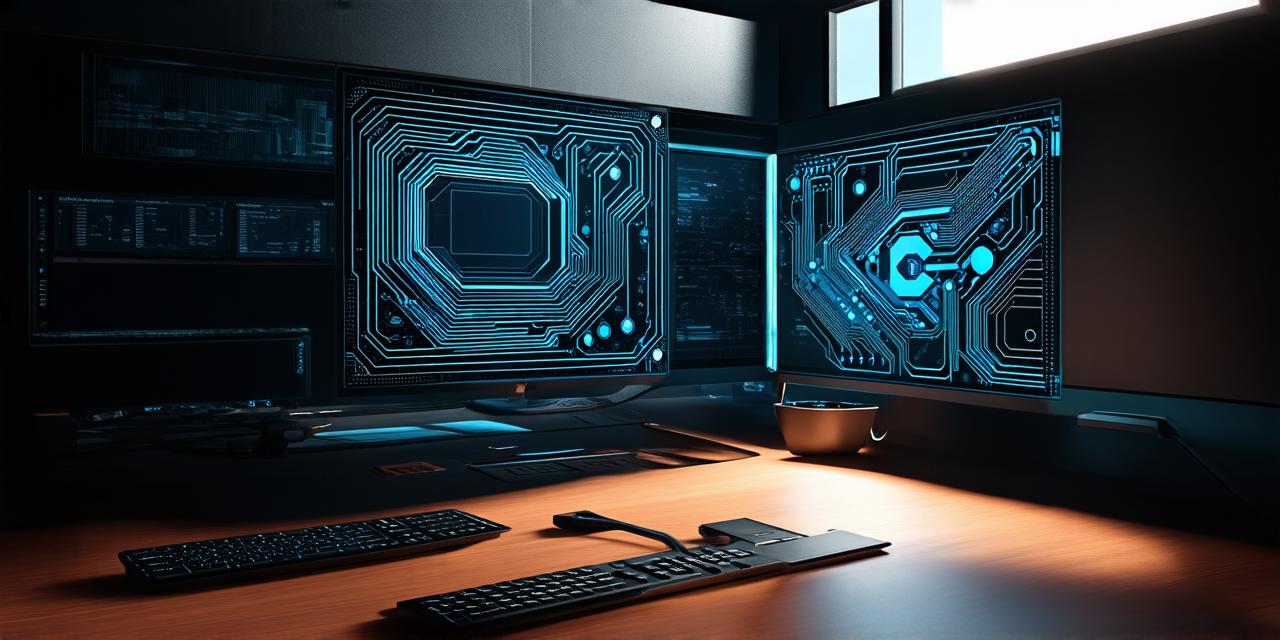
Unity 3D is a powerful game engine that offers developers the flexibility and creativity to create immersive experiences. However, creating an intuitive user interface (UI) can be challenging, especially for beginners. In this guide, we’ll take a closer look at the essential elements of creating a UI in Unity 3D. We’ll explore various techniques and tools that will help you design and develop an engaging and interactive UI for your games or applications.
1. Planning and Design
Before you start coding, it’s crucial to plan and design your UI. This involves identifying the purpose of the UI, determining the target audience, and understanding their needs and preferences. You should also decide on the layout, style, and visual elements that will make up the interface.
One of the best ways to plan and design a UI is by using wireframes and prototypes. Wireframes are simple drawings or diagrams that show the basic structure and layout of the interface. Prototypes, on the other hand, are interactive mockups that allow you to test and refine your design before coding.

There are several tools available in Unity 3D for creating wireframes and prototypes, such as Unity Asset Store’s UI Designer, UiKit, and ProBuilder. These tools provide pre-built UI elements and customizable templates that can help you create a professional-looking interface quickly.
2. Creating UI Elements
Once you have planned and designed your UI, the next step is to create the actual UI elements in Unity 3D. Unity 3D provides several built-in tools and assets for creating UI elements, such as Text, Button, Slider, Toggle, and Image components.
When creating UI elements, it’s important to consider their functionality and interactivity. You should also pay attention to the visual design of the elements, including their size, shape, color, and texture.
It’s also worth noting that you can create custom UI elements using scripts in C or JavaScript. This allows you to add unique functionality and behavior to your UI elements. For example, you can create a custom scroll view that enables users to swipe left or right to navigate through a list of items.
3. Layout and Positioning
Once you have created your UI elements, the next step is to position and arrange them in a layout that makes sense for the user. Unity 3D provides several tools for creating and adjusting layouts, such as GridLayoutGroup, Anchor, and Canvas.
When designing a layout, it’s important to consider factors such as the size of the screen, the user’s preferred orientation (portrait or landscape), and the amount of content you need to display. You should also pay attention to the spacing between UI elements to ensure that they are easy to read and navigate.
4. Interactivity and Feedback
A good UI should provide immediate feedback to the user when they interact with it. This can be achieved through the use of animations, sound effects, and visual cues. For example, you can add an animation that plays when a button is clicked or a sound effect that confirms a user’s action.
Interactivity is also an essential aspect of a good UI. You should ensure that your UI elements respond to the user’s inputs in a timely and intuitive manner. This can be achieved through the use of events, scripts, and Unity’s built-in physics engine.
5. Testing and Optimization
Once you have created your UI, it’s important to test it thoroughly to ensure that it works as expected. You should test the UI on different devices and platforms, including desktops, laptops, tablets, and smartphones.
You should also optimize your UI for performance by minimizing the number of draw calls and reducing the size of textures and other assets. This can be achieved using Unity’s built-in profiling tools or third-party plugins, such as Unity Profiler and Unity Optimization.
6. Best Practices
Finally, there are several best practices that you should follow when creating a user interface in Unity 3D. These include:
- Keeping the UI simple and intuitive
- Using clear and concise language
- Providing visual cues and feedback
- Testing the UI thoroughly
- Optimizing the UI for performance
Summary
Creating a user interface in Unity 3D can be challenging, but with the right planning, design, and implementation, you can create an engaging and interactive UI that enhances the user experience. By following the essential elements outlined in this guide, you can create a UI that is intuitive, responsive, and optimized for performance. Remember to keep your UI simple, test it thoroughly, and follow best practices to ensure that your game or application is successful.

